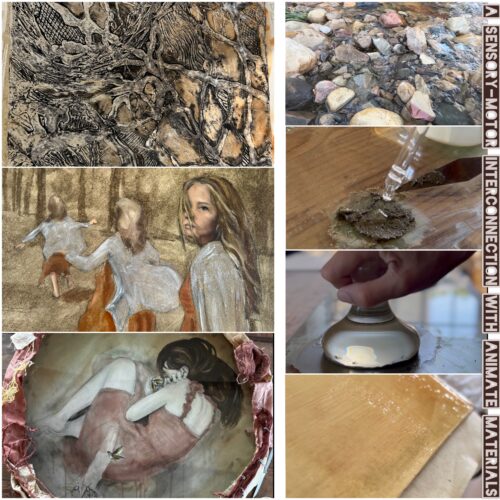
Sex and Art

This is a post from the weareoca.com archive. Information contained within it may now be out of date.
Depictions of erotic themes are identified from as far back as the palaeolithic period, with images of human genitalia apparent in cave paintings and stone carvings, some of which have been identified as being as much as 12,000 years old. Ancient Greece was a prolific producer of erotic imagery, with elaborate sexual scenes painted on ceramics, the walls of buildings, even moulded into the surface of ordinary household tools. It is understood however, that these depictions formed a part of the particular culture’s identity, and would have had more of a religious than a purely sexual significance.
In fact, it wasn’t until the Victorian era that the term ‘pornography’ was developed, and at the time even the viewing of so called pornographic imagery was deemed unlawful. In Europe, many erotic tomes and artwork, due to their rarity and the expense needed to gain access to them, were only accessed by the wealthy upper classes. However, the invention of the printing press in 1450 widened the consumption of erotic imagery dramatically, and allowed members of the lower classes to gain access.
History aside, the way sex has been used as an illustrative tool in art varies dramatically, from the more straight forward pornographic depiction of the act itself for sexual gratification, to the use of sexual organs as a metaphor for power and, in turn, vulnerability, to the referencing of wider cultural issues surrounding gender politics and sexuality in general.
There is a tendency for art which utilizes sexual imagery or themes to be taken as just another form of pornography, or it can be interpreted, rather cynically in my view, as simply an attempt to grab the viewers attention, with no real critical or conceptual merit. Having said that, I do think that some artists do occasionally fall into the trap of ‘flashing’ just to get attention, but to dismiss all art which uses sexual references or imagery for either of these reasons is a mistake.
Lets have a look at the pornography assumption. Possibly the most graphic depiction of sex I have seen personally in an artwork is the Made in Heaven series by the American artist Jeff Koons. This series comprised originally of a series of paintings, photographs and sculptures of the artist himself engaging in explicit sexual acts with the model Ilona Staller. On face value, the works themselves appear to be little more than more artistically rendered versions of ‘readers wives’, the practice of readers of pornographic material sending in photographs of themselves engaging in sexual activity with their spouse to the publishers of said material. However, in considering the context of the work, the series being a commission from the Whitney Museum on the subject of the media, it is evident that the work is in fact a statement on desire itself, and the aggressive selling of sex and lifestyle to encourage consumption through advertising and the media.

Keep Your Timber Limber, one of the current exhibitions at the ICA, combines elements of sex and sexuality with a study of formal drawing and illustration techniques, including in the show artists whose work treads the fine line between mainstream acceptability and outsider isolation in their particular field. Judith Bernstein’s enormous phallic drawings are so dense and violently rendered that their presence in a room is overpowering, whilst Tom of Finland’s delicate and stylistic social scenes explore sexual fantasy and playful fetishism amongst gay men. Overall the show explores themes of vulnerability and desire, but it is the way in which these themes are rendered that makes the show interesting, ultimately it is the technical skill and technique of each artist that is exposed.






